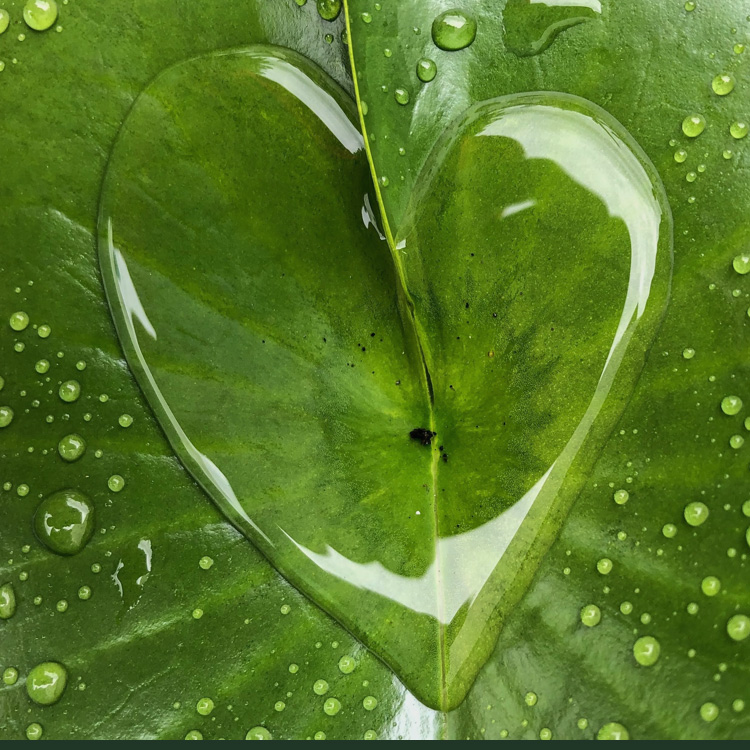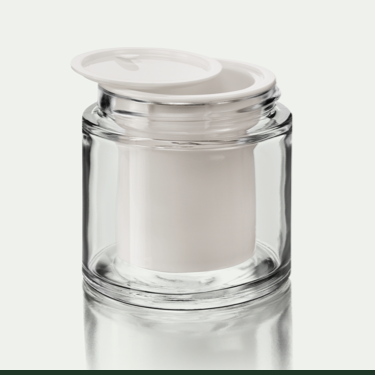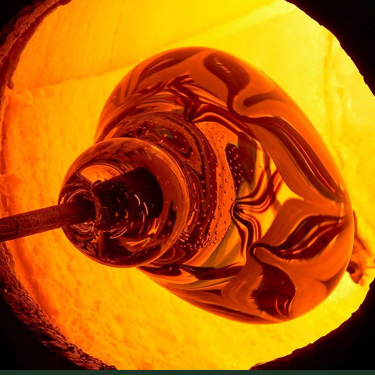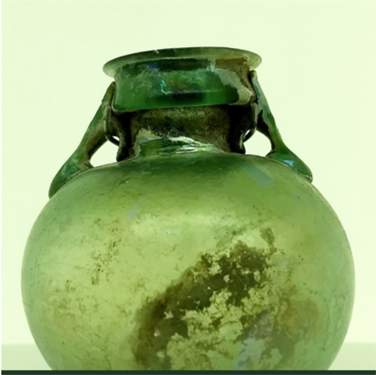A Better World Starts With
Sustainable Labels
Overly dramatic? Well actually, think about it for a moment. To start with, there are over half a million recognisable brands in the world. Not to mention the million of lesser-known brands. Millions of brands making billions of products, and they all need labels. It’s a major issue, especially with sustainability very much on the top of the list of priorities for 2023.
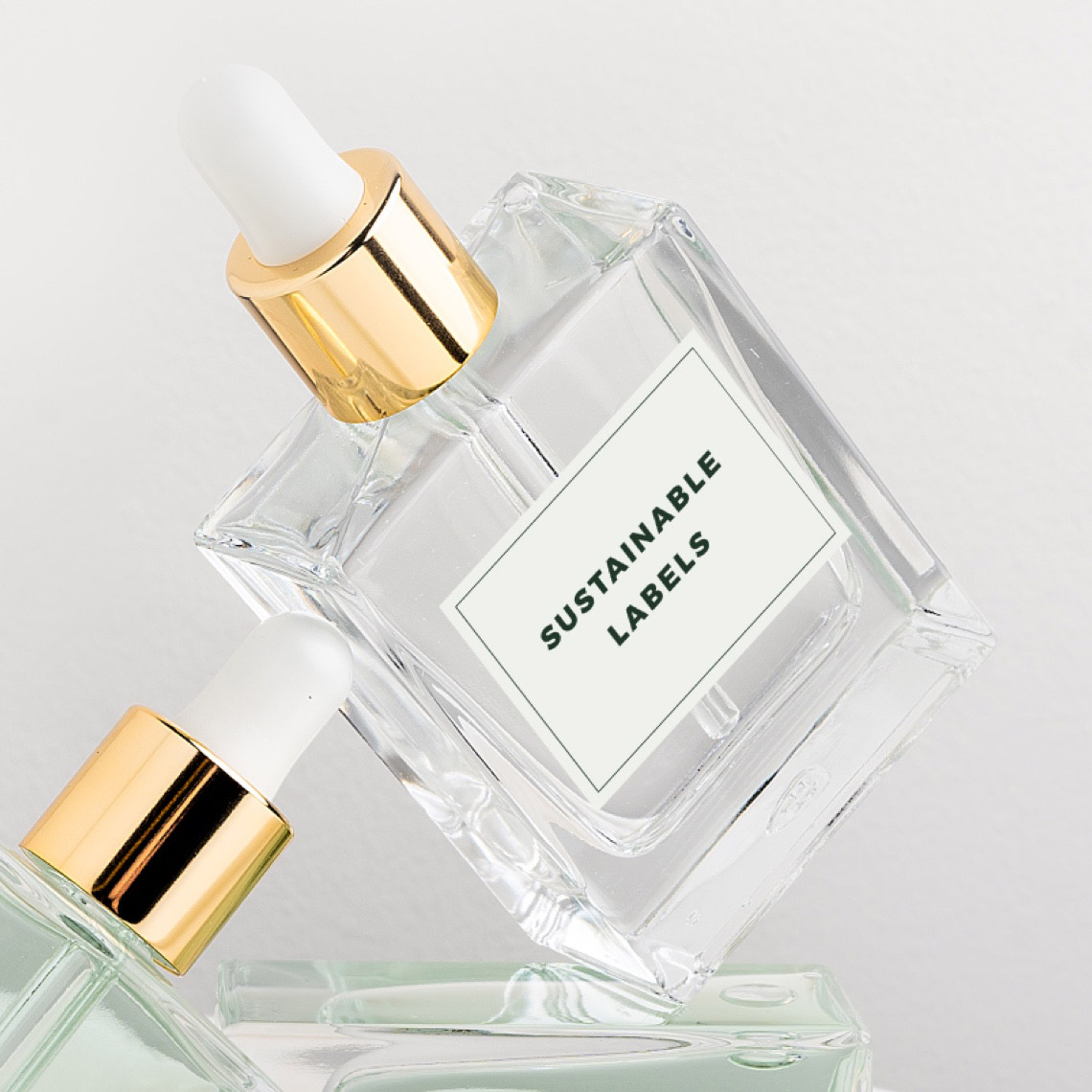
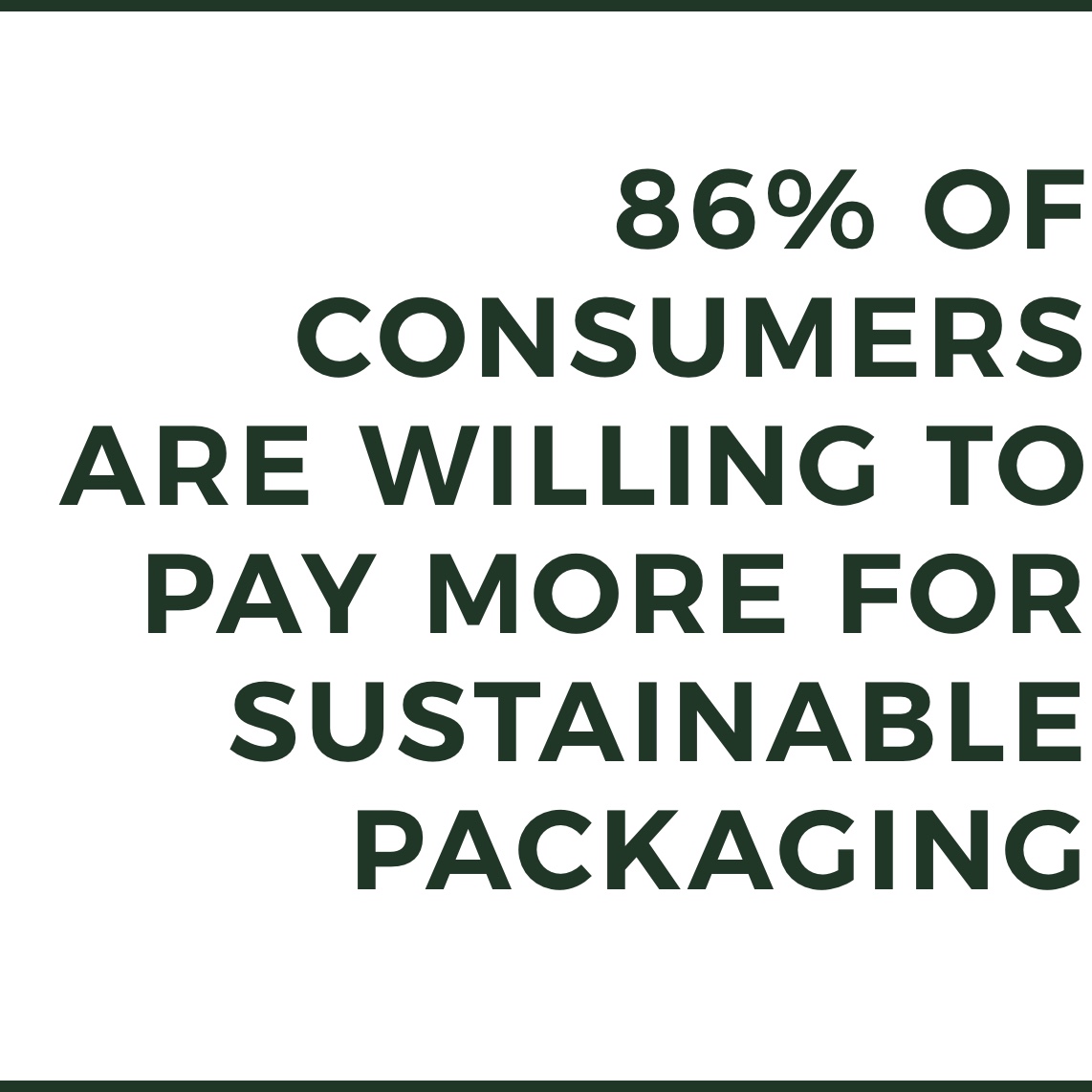
Sustainable Labelling, Good for All
Sustainable labelling isn’t just good for the planet, it’s good for business too. Did you know that 86% of consumers in Europe under 45 said that they are willing to pay more for sustainable packaging? Not surprising then that the packaging industry will continue to drive circularity with products that contain recycled content or designed to enable recycling.
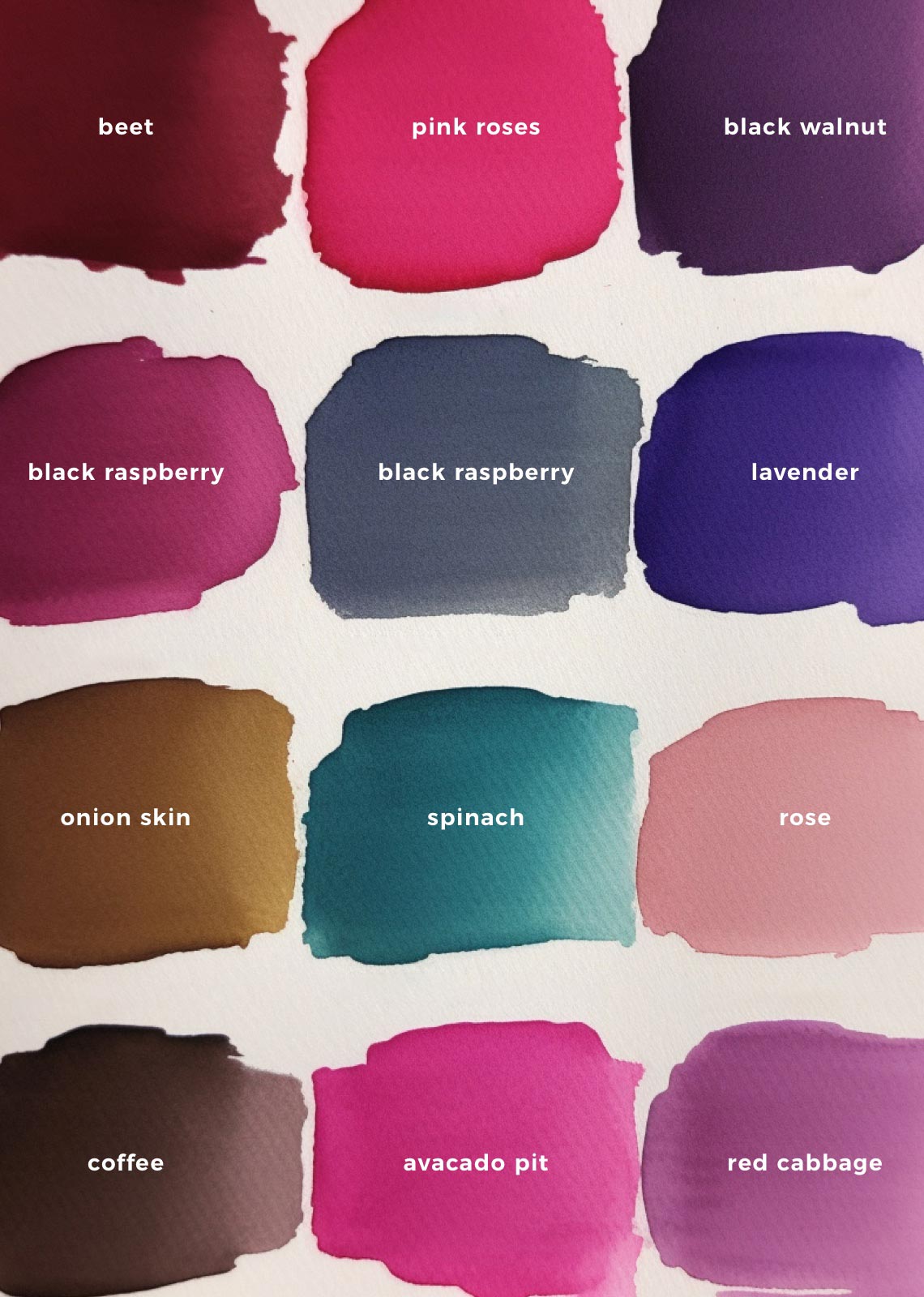
Soy-Based and
Vegetable-Based Inks
When we consider sustainable labels for packaging, it’s not just about the label itself, it’s also the methods of producing it. How the label is attached to the packaging (the glue) and equally important, the inks used and the printing technique. One labelling trend for 2023 will be soy-based and vegetable-based inks, which are better for the environment than traditional inks, but still produce excellent results.
Of course, the most important trend that will grow this year are all the alternatives to the traditional paper label. Apart from recycled paper, that includes hemp, straw, cotton, bamboo, corn and even stone. Another healthy trend we can expect is lightweighting, new techniques that make labels thinner, therefore using less material compared to conventional methods.
Save 50% Of the Paper
Downsizing is another idea that’s gaining popularity. This is about decreasing the size and volume of your packaging. How is this a good idea? Well, it can help eliminate waste in the circular economy. That’s especially true if a product can’t be kept that long or is vulnerable to environmental degradation. Want to save 50% of the paper used for labelling? With clear packaging you can use double-sided labels.
Not doing anything with the label is also something we’ll be seeing more of. Instead, making packaging refillable, which in fact is a huge step. No extra raw materials, no extra paper, no extra anything. A very interesting development: circular packaging platforms. Programs like Loop and Oliver allow the exchange of sustainable packaging ideas between some of the world’s most influential brands and their customers.
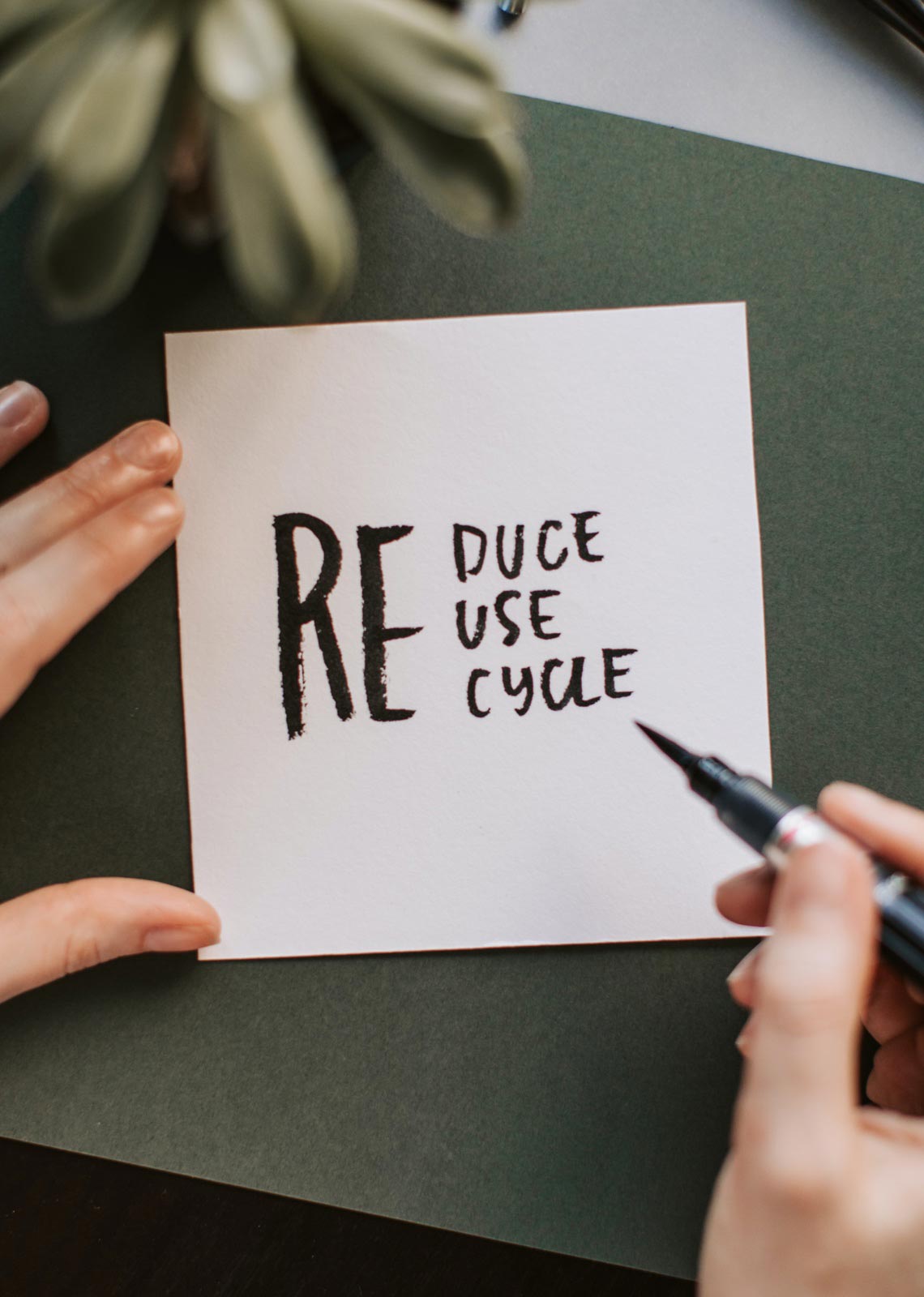
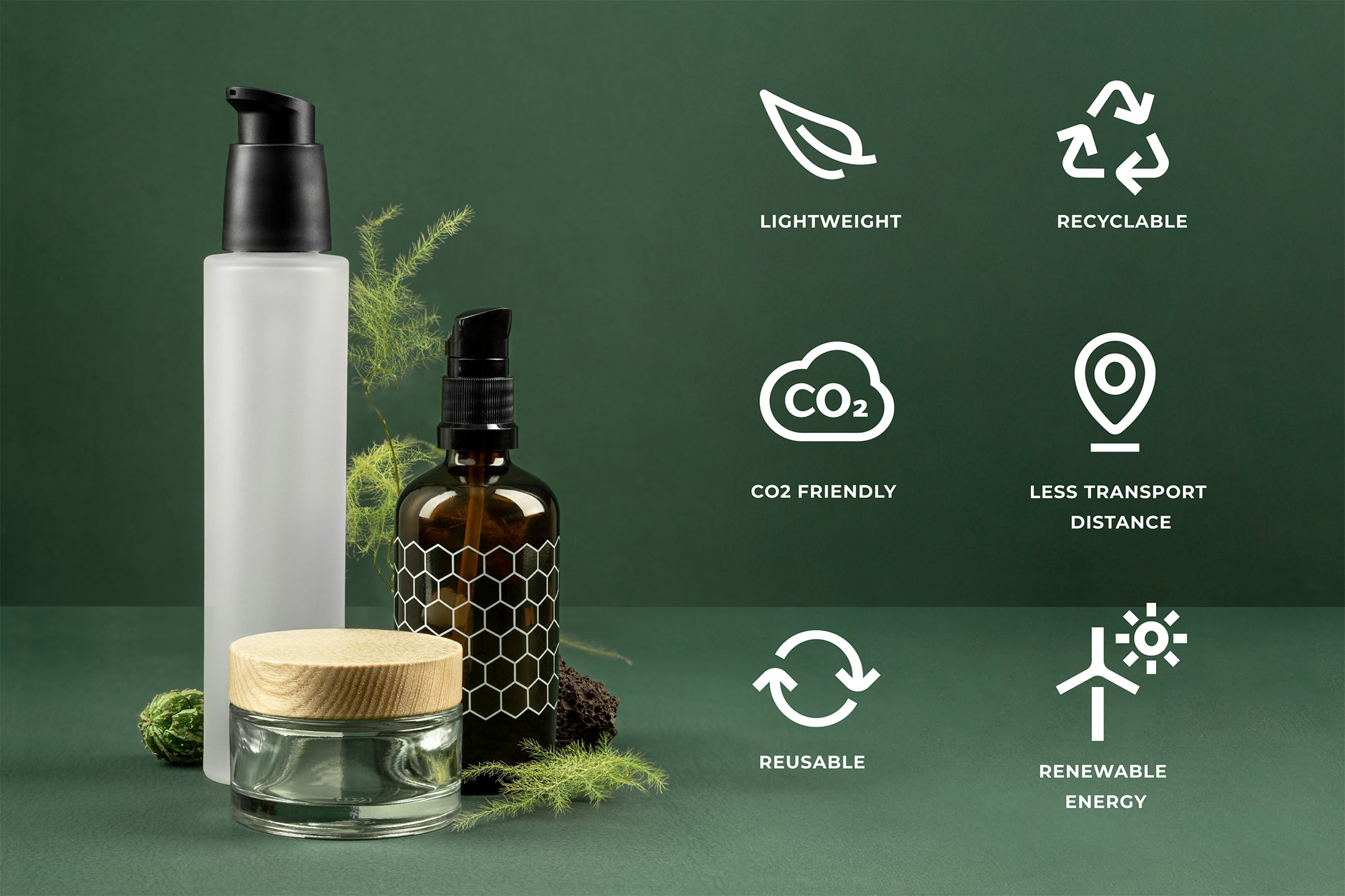
Responsible Glass
Of course, there’s no point in having sustainable labels if you haven’t got sustainable packaging. Surprisingly, one of the best is good old glass, which is endlessly recyclable and reusable. Calaso is here to help transform the way we treat the earth and use its resources, by making aesthetically appealing glass packaging with reduce, reuse, and recycle in mind. We do this by inter alia partnering up with partners that are committed or praised for their environmental responsibility. Besides that, our glass is produced in a CO2-friendly way and we are ISO 14001 certificate which is an internationally recognized framework to ensure our environmental performance.


